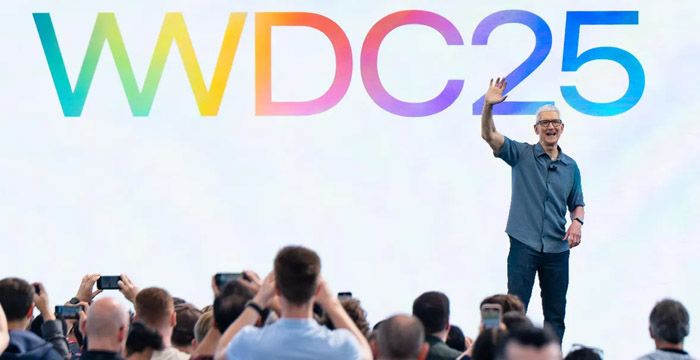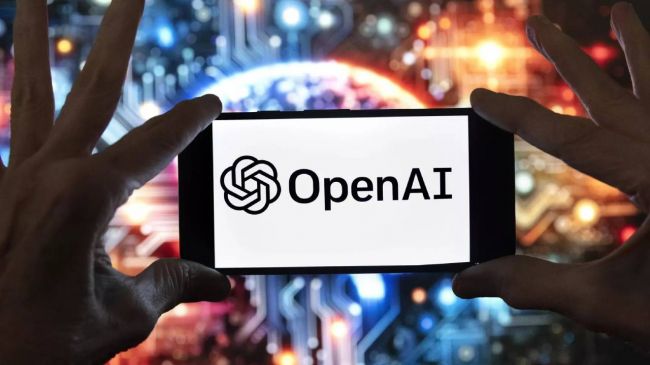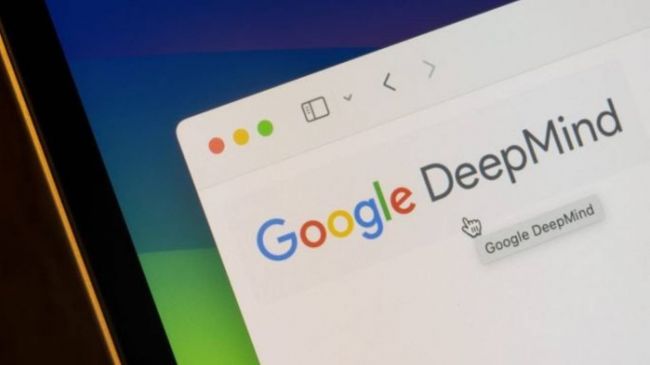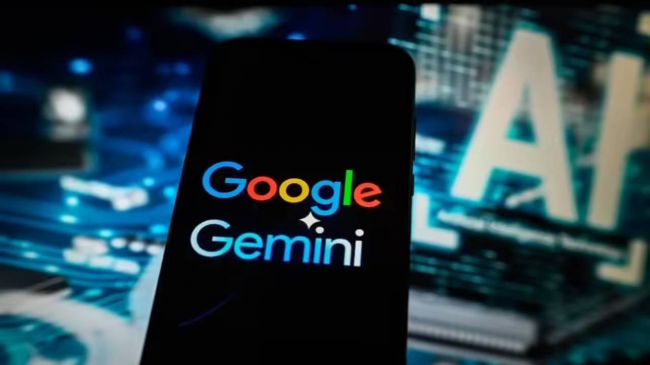Apple WWDC 2025: The annual developer event concentrated on incremental software improvements, privacy-centric artificial intelligence, and a unified design language across devices, rather than headline-grabbing product launches.

AI That Stays Home: Apple Intelligence
Apple’s new AI, branded as Apple Intelligence, runs directly on iPhones, iPads, and Macs powered by Apple silicon. No data leaves the device—privacy is absolute, and speed is uncompromised. Developers can tap into these on-device models through the Foundation Models Framework, enabling third-party apps to offer AI features without sacrificing user trust. Use cases include instant voicemail summaries, real-time call screening, and a Workout Buddy that delivers live coaching, all without an internet connection.
Liquid Glass: Design That Reacts
The debut of Liquid Glass, Apple’s latest design language, brings a unified look to iOS 26, iPadOS 26, macOS 26, watchOS 26, and visionOS 2.0. This system introduces adaptive transparency, subtle lighting effects, and dynamic motion response, making every interaction feel both tangible and intuitive. The result is a digital environment that feels alive, responsive, and distinctly Apple.
Platform Upgrades: Features That Matter
- iOS 26: Visual Intelligence in Control Center allows users to identify and search anything on their screen; lock screens adapt to habits, and battery modes align with daily routines.
- macOS 26 “Tahoe”: Users can make cellular calls from their Macs, while Spotlight and Shortcuts receive AI-driven enhancements for smarter, faster productivity.
- iPadOS 26: Multitasking reaches new heights with resizable windows and background processes, blurring the line between tablet and laptop.
- watchOS 26: The Notes app arrives on the wrist, real-time translation powers conversations, and AI-driven health coaching becomes more personalized.
- visionOS 2.0: Third-party controllers are now supported, and spatial widgets dynamically populate the user’s field of view, enhancing immersion.
ChatGPT and Modular AI: Choice, Not Monopoly
Apple’s partnership with OpenAI brings ChatGPT systemwide, but with strict privacy controls—users must opt in, and all interactions are sandboxed. ChatGPT powers creative tools like Image Playground and Genmoji, and developers can connect to external AI APIs for even more flexibility. Apple’s approach is modular: no single AI model dominates, and users retain control.
Everyday Tools, Not Gimmicks
Apple’s new features target daily pain points:
- Call Screening: Instantly answers and transcribes unknown calls.
- Hold Assist: Waits on hold and alerts users when a real person answers.
- Voicemail Summaries: Turns long messages into concise blurbs.
- Live Translation: Provides real-time subtitles across calls, FaceTime, and messages.
Each tool is designed for efficiency and ease, not for show.
Siri: The Wait Continues
A full Siri overhaul remains on the horizon, with only minor updates announced this year. Apple’s patience signals a commitment to quality over speed, promising a smarter assistant in 2026.
Conclusion
WWDC 2025 focused on practical advancements in privacy, utility, and artificial intelligence. The event highlighted a shift from high-profile announcements to incremental improvements designed to address user needs. The emphasis was on integrating technology in ways that prioritize user control, data protection, and everyday usefulness, suggesting that meaningful innovation often emerges through careful attention to detail rather than dramatic changes.
Post Comment
Be the first to post comment!





